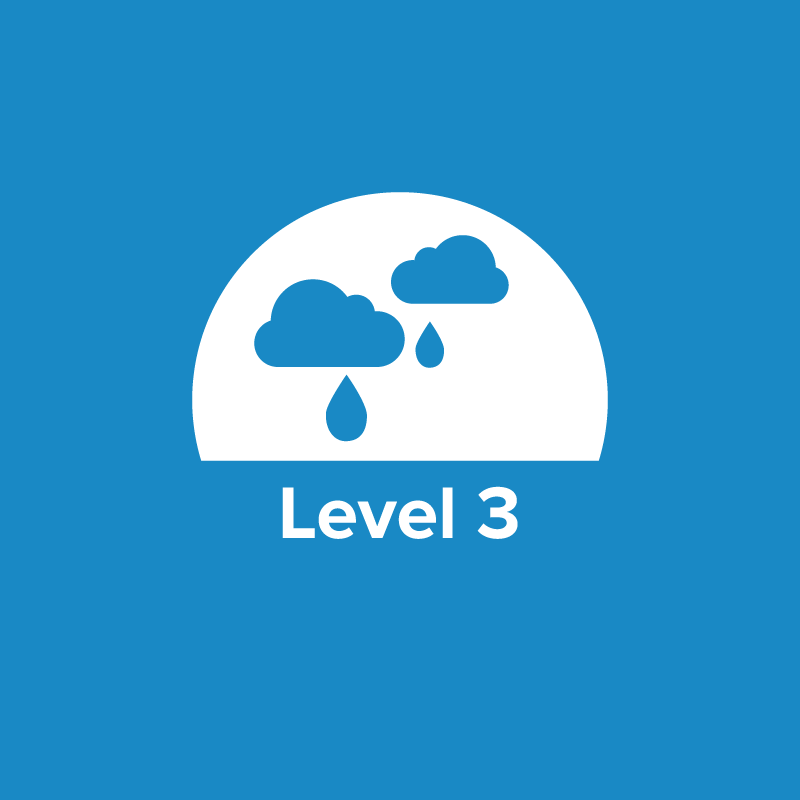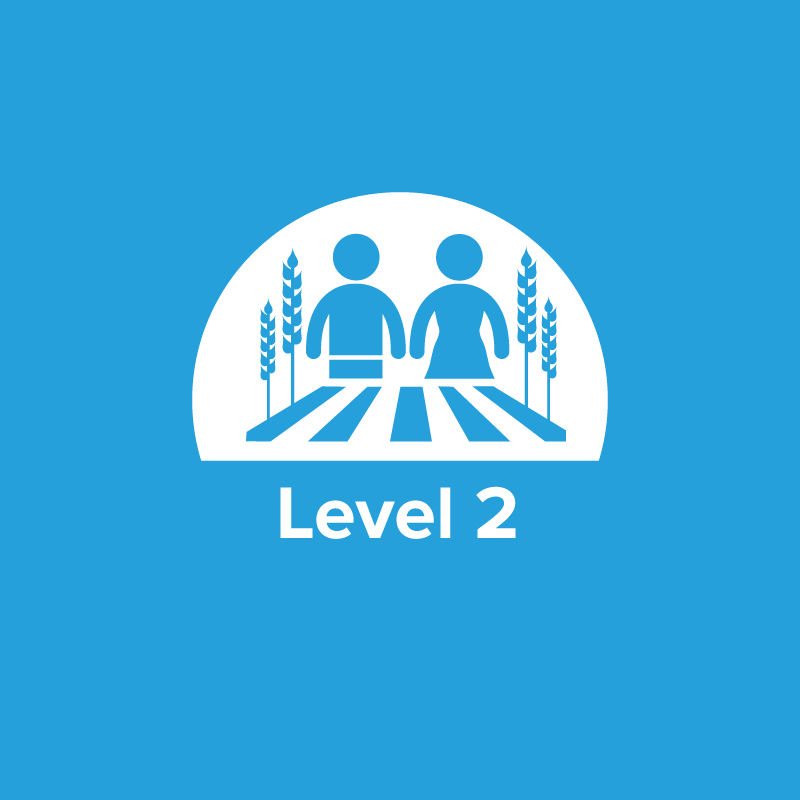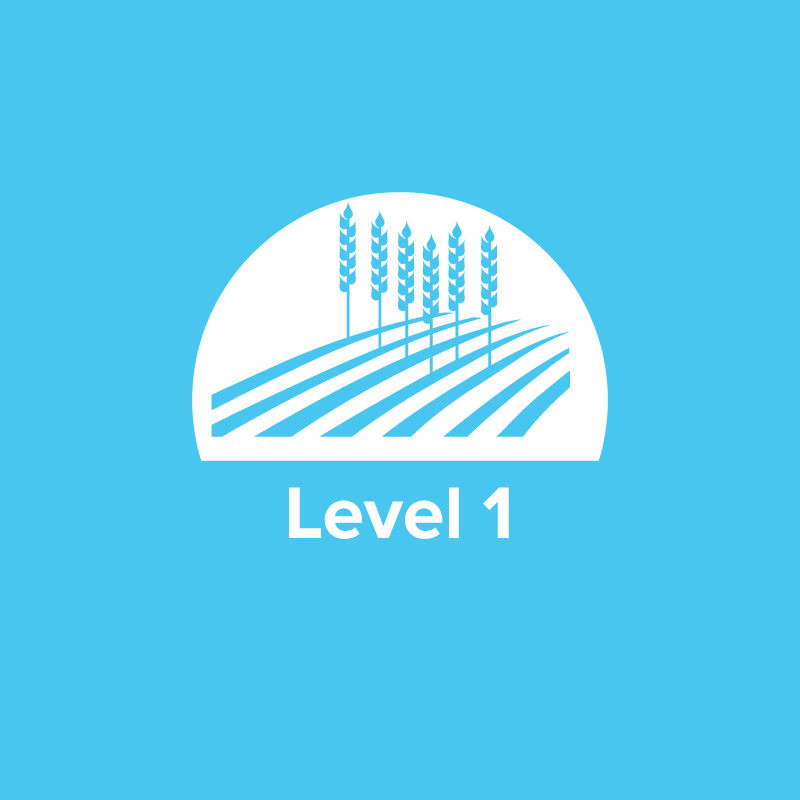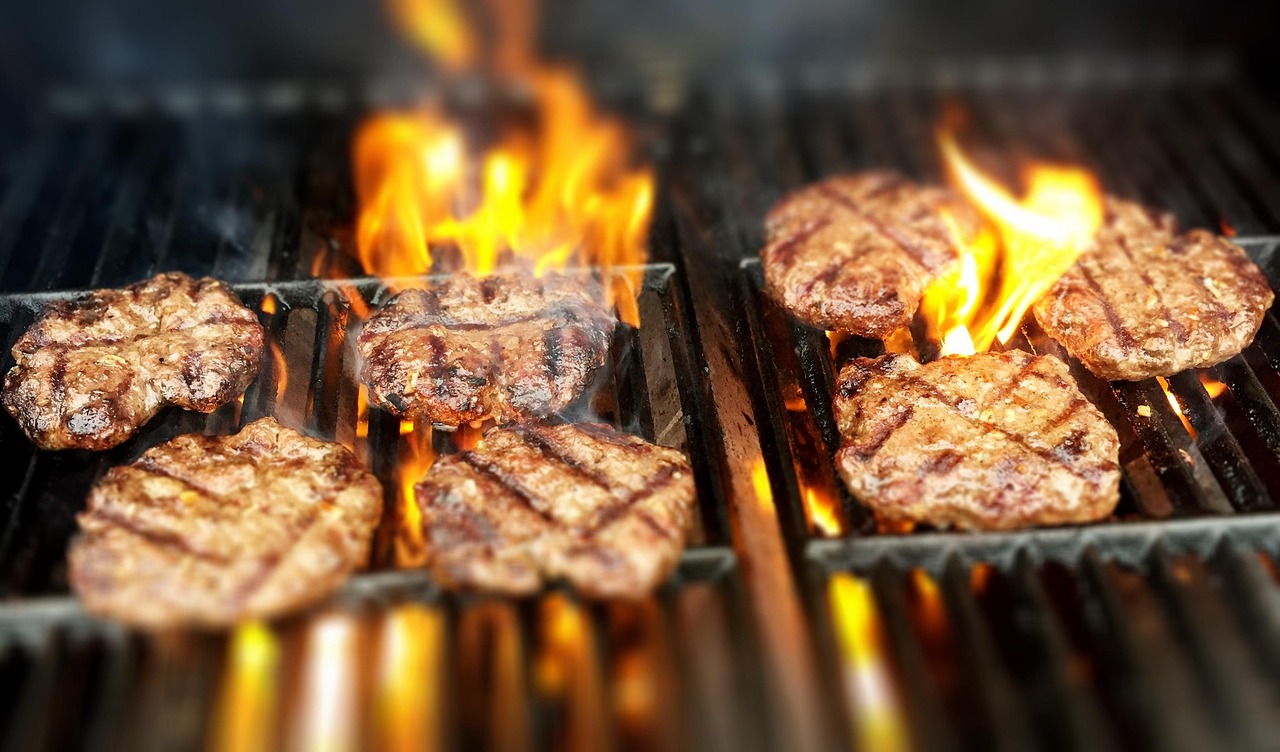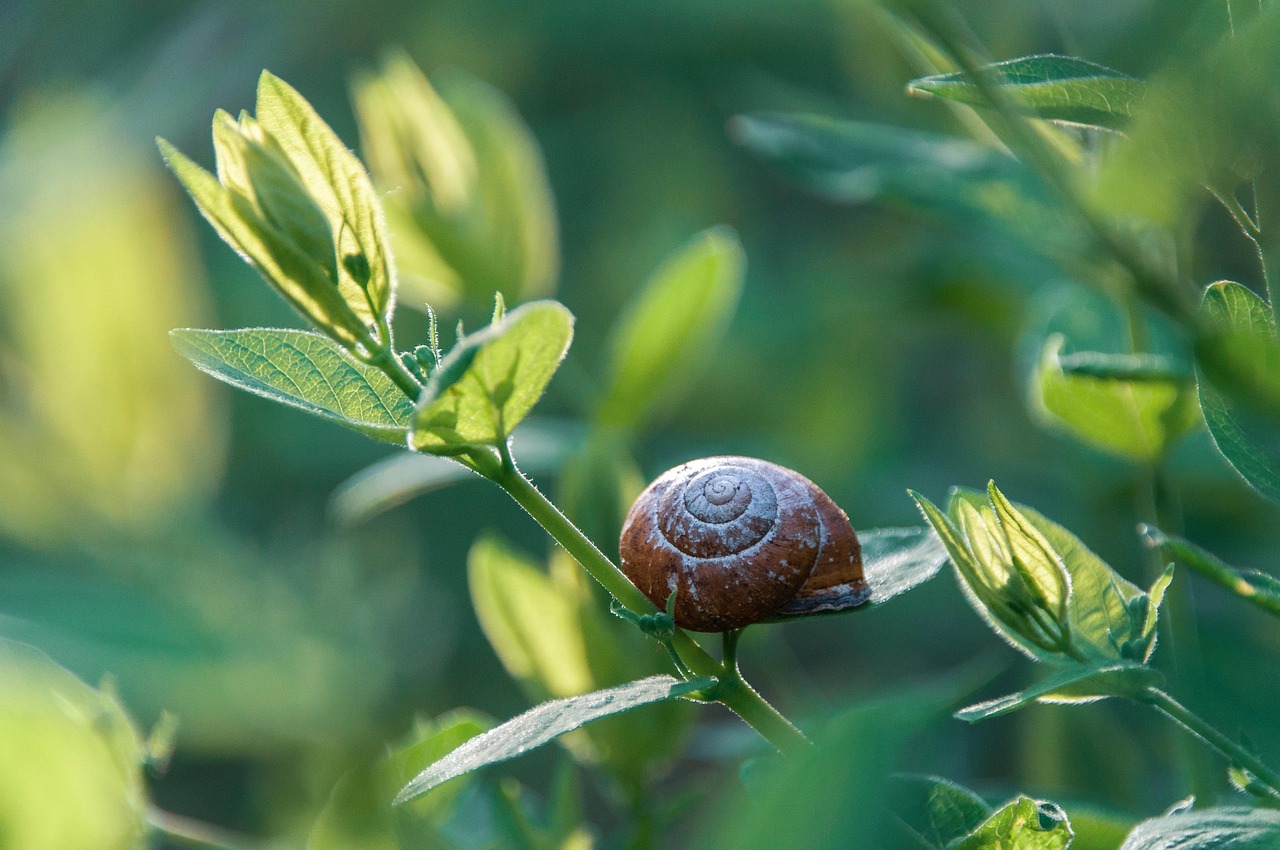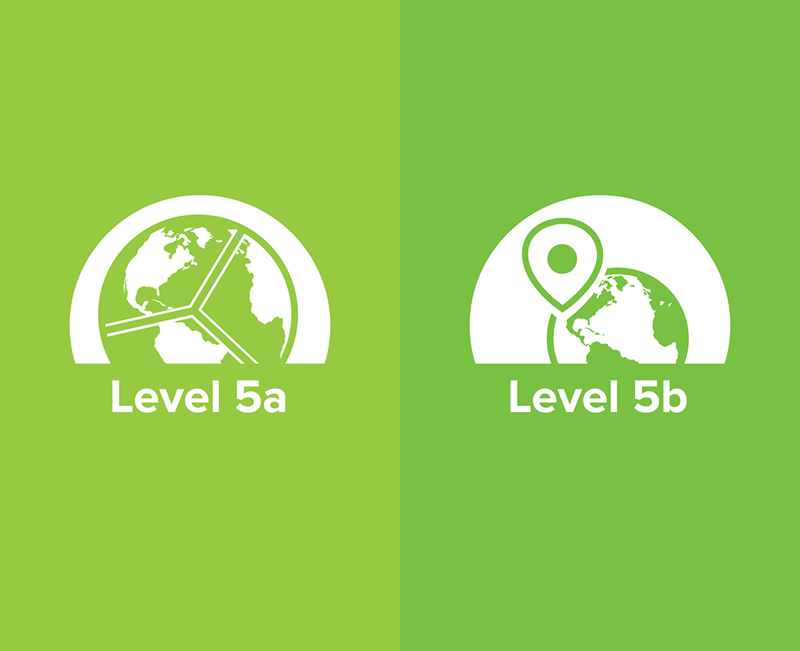
Journey 2050 Lesson 5: Land Use (Grades 6-8)
Students will recognize that arable land (ideal land for growing crops) is a limited resource, identify best management practices that can be applied to every stakeholder’s land-use decisions; and analyze and discuss the impacts of food waste on our environment.

